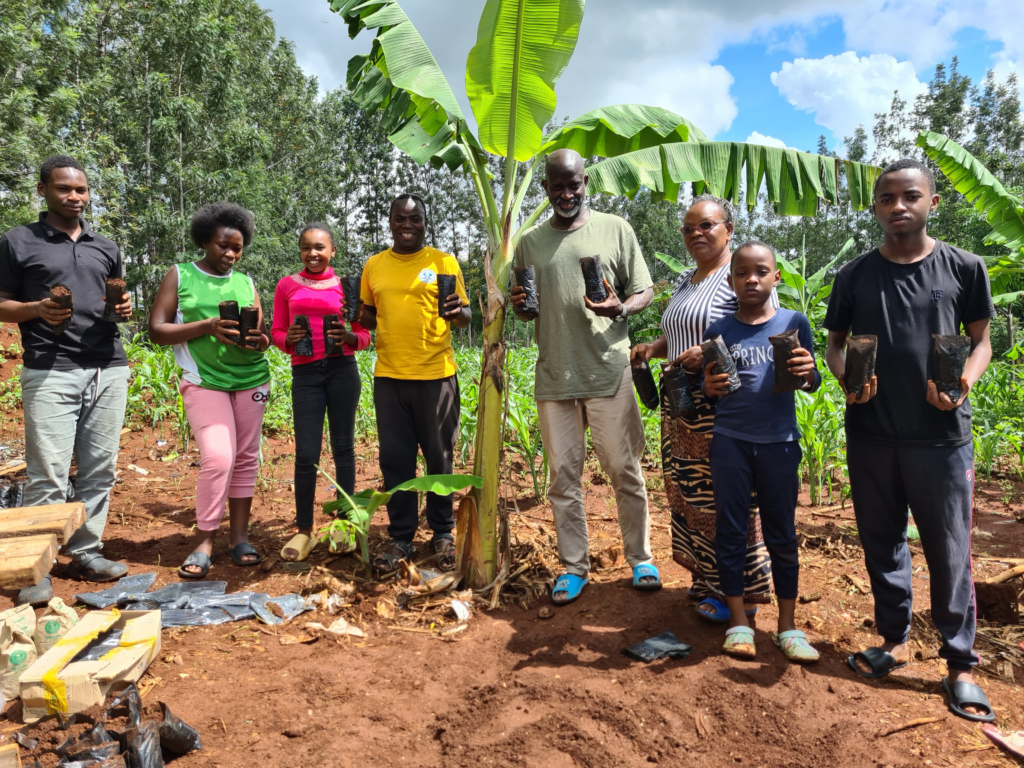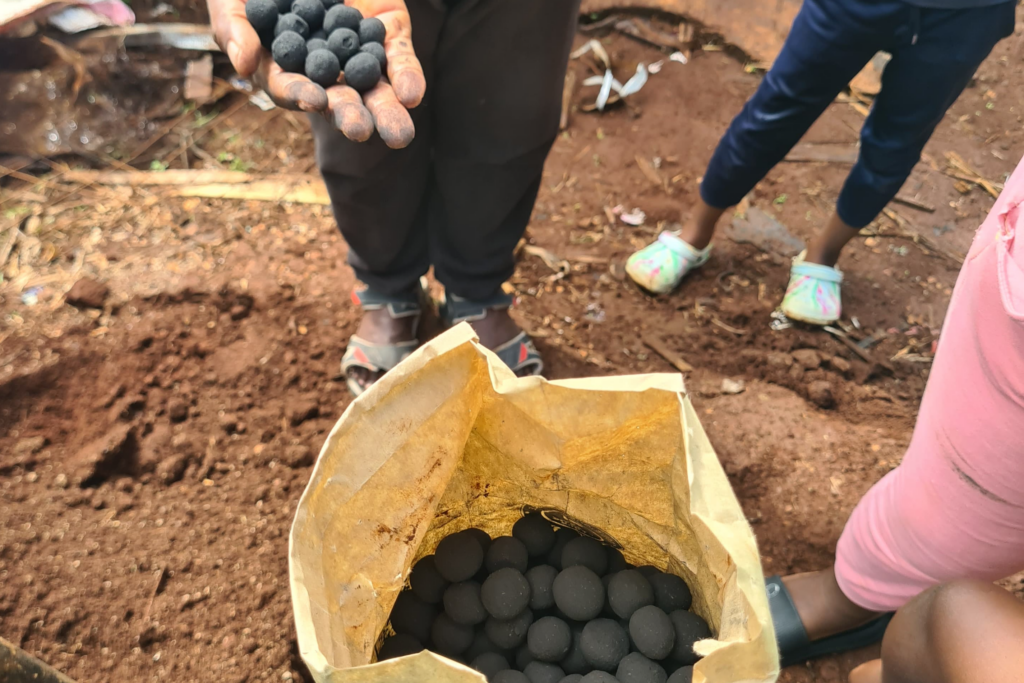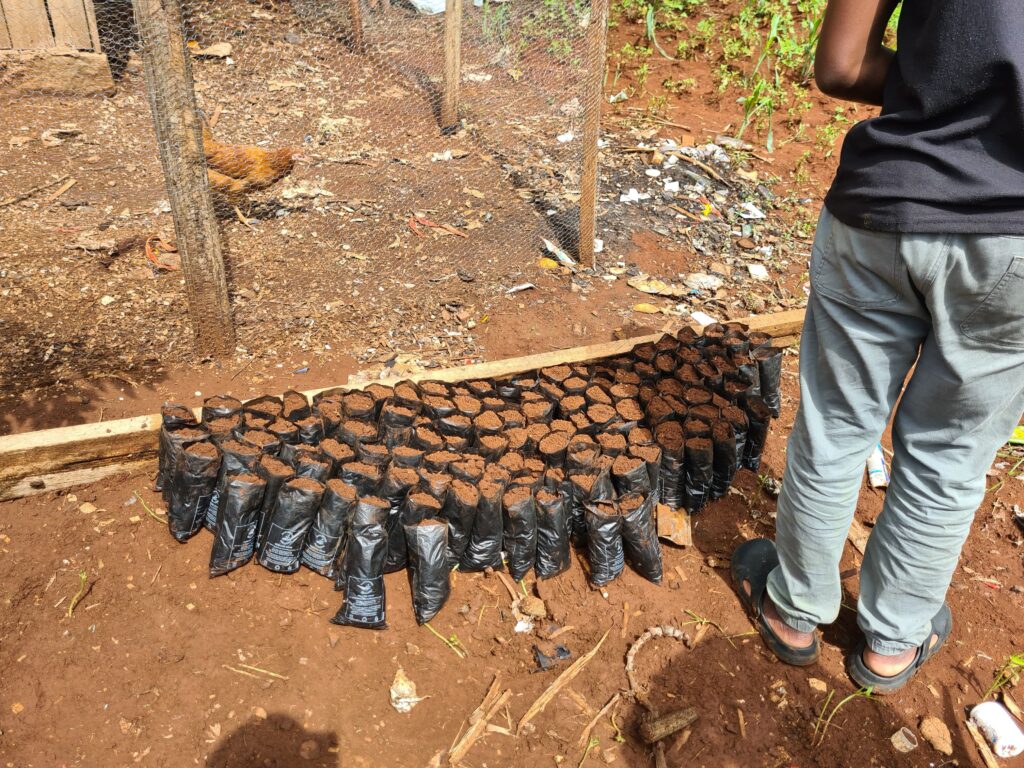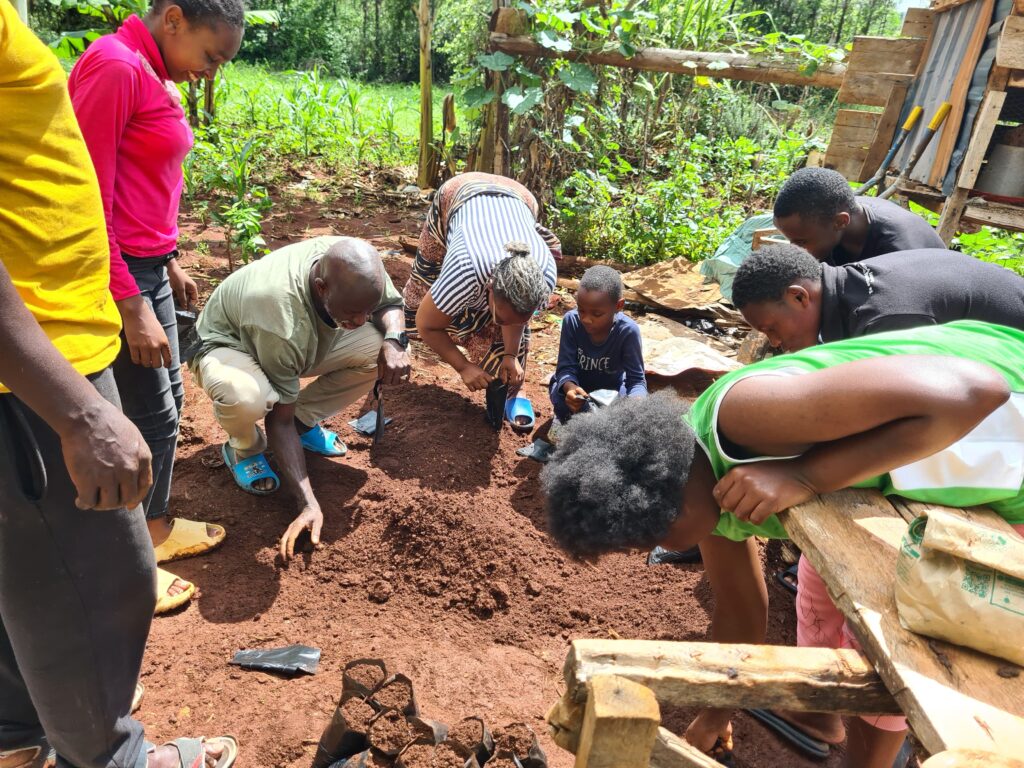
In Kenya’s arid and semi-arid landscapes, restoring degraded ecosystems isn’t just an environmental priority—it’s a necessity for biodiversity, water security, and community resilience. At Naturehub Collective, we are championing practical, low-cost reforestation methods that work with nature’s rhythms and reflect local ecological knowledge.
One of the most promising techniques we’ve adopted is charcoal-coated seedballs—a simple yet powerful way to reintroduce indigenous tree species into fragile environments.
What Are Seedballs?

Seedballs are a low-cost, high-impact method of reforestation. Each seedball contains an indigenous tree seed, coated in a protective layer of charcoal dust. This simple yet ingenious technology mimics nature’s own dispersal systems while solving common problems that prevent seeds from surviving in the wild.
Here’s how it works:
- Protection from Predators
The charcoal casing forms a tough outer shell that deters birds, rodents, and insects from eating the seed. It allows the seed to rest safely on the soil surface until conditions are right for growth. - Resilience in Harsh Environments
In Kenya’s arid and semi-arid zones, water is a scarce commodity. The charcoal shell helps regulate temperature extremes and slows down moisture loss, creating a micro-habitat that protects the seed from dehydration and sun exposure. - Encouraging Natural Germination
When the rains finally fall, the charcoal coating becomes permeable, allowing water to slowly seep in. The shell breaks down gradually, releasing the seed in a moist environment that’s perfect for germination. - Sustainable and Circular
The charcoal dust used in seedballs is a byproduct of the charcoal industry, turning waste into restoration. By recycling this material, Seedballs Kenya not only minimizes waste but also promotes reforestation as a way to offset deforestation caused by charcoal production—a closed-loop system in action.

Naturehub Collective’s Seedbed Initiative: Scaling Reforestation from the Ground Up

Recognizing the power of this method, Naturehub Collective has taken the next step in supporting Kenya’s ecological restoration. In 2025, we established community seedbeds dedicated to nurturing indigenous tree species like Acacia tortilis, Acacia senegal, and Croton megalocarpus. These seedbeds serve two key purposes:
- Supporting Germination and Seedling Health
Some indigenous seeds, especially in degraded soils, benefit from initial nursery care before being reintroduced into the wild. Our seedbeds help boost germination success, producing strong, viable seedlings ready for outplanting.

- Community Education and Engagement
Local youth groups, schools, and women’s cooperatives are actively involved in seedbed care and seedball broadcasting. This empowers communities with knowledge about native species, climate resilience, and the value of long-term environmental stewardship.



